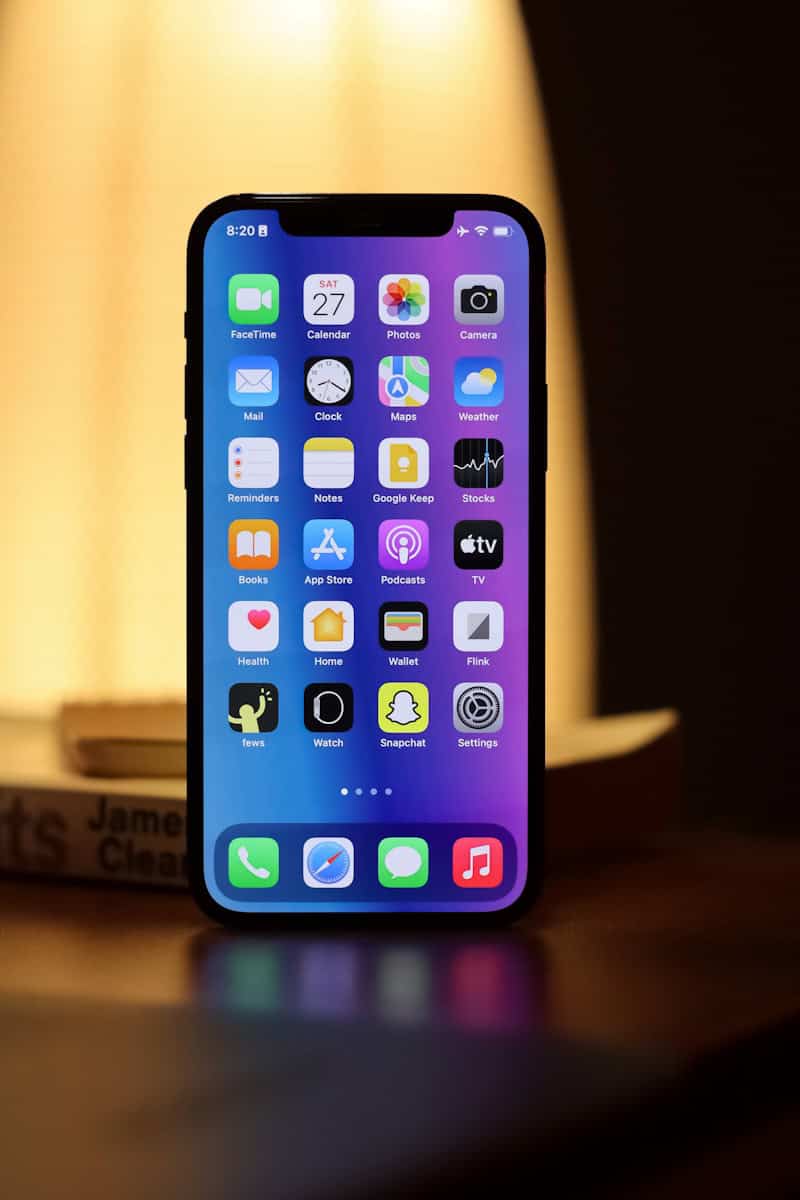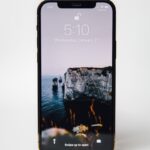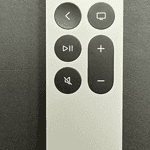When Apple releases new iPhones, older models are often discontinued to make space for the latest devices and simplify its product offerings. This has been the practice since the introduction of the first iPhone, and it continues with every new model release. In 2024, Apple released the iPhone 16 series and subsequently stopped selling several older models, including the iPhone 13, iPhone 15 Pro, and iPhone 15 Pro Max, as part of its routine product cycle.
Each new generation of iPhone is designed to offer improvements over the previous models, such as better camera systems, faster processors, and new features. Discontinued models are often sought after by consumers looking for a more affordable way to join the Apple ecosystem. This approach also affects the second-hand market.
Which iPhones Are No Longer Available?
Apple’s iPhone lineup is constantly evolving, with new models released each year and older models being phased out. Here’s a look at some of the iPhones that have been discontinued as of 2024:
| iPhone Model |
|---|
| iPhone 13 |
| iPhone 13 mini |
| iPhone 13 Pro |
| iPhone 13 Pro Max |
| iPhone 14 Pro |
| iPhone 14 Pro Max |
| iPhone 15 Pro |
| iPhone 15 Pro Max |
iPhone 15 Series
Apple discontinued the iPhone 15 Pro and iPhone 15 Pro max in September 2024 when the iPhone 16 launched. This has fit recent patterns from Apple where the Pro and Pro Max of the previous generation is discontinued to make way for the new series flagship phones.
iPhone 14 Series
When the iPhone 15 series was released, the iPhone 14 Pro and iPhone 14 Pro Max were discontinued to make way for the new models. Apple has kept the iPhone 14 and iPhone 14 Plus and will likely do so until 2025 when the iPhone 17 series comes out.
iPhone 13 Series
With the release of the iPhone 15, Apple has also discontinued most of the iPhone 13 series. This includes the iPhone 13 mini, iPhone 13 Pro, and iPhone 13 Pro Max. The base model iPhone 13 was available until the iPhone 16 launched, and it too was discontinued (so at this time the entire series is no longer available from Apple).
iPhone 12 Series
The entire iPhone 12 series, including the iPhone 12 mini, iPhone 12, iPhone 12 Pro, and iPhone 12 Pro Max, has been discontinued. These models were known for their A14 Bionic chip, Super Retina XDR displays, and 5G connectivity.
Older Models
In addition to the recent models, older iPhones like the iPhone 11 series and the iPhone XS series are also no longer available for purchase directly from Apple.
| Discontinued iPhone | Year Released | Key Features |
|---|---|---|
| iPhone 12 mini | 2020 | A14 Bionic, 5.4-inch Super Retina XDR display, dual-lens rear camera |
| iPhone 12 | 2020 | A14 Bionic, 6.1-inch Super Retina XDR display, dual-lens rear camera |
| iPhone 12 Pro | 2020 | A14 Bionic, 6.1-inch Super Retina XDR display, triple-lens rear camera with LiDAR |
| iPhone 12 Pro Max | 2020 | A14 Bionic, 6.7-inch Super Retina XDR display, triple-lens rear camera with LiDAR |
| iPhone 13 | 2021 | A15 Bionic, 6.1‑inch (diagonal) all‑screen OLED display; 2532‑by‑1170-pixel resolution at 460 ppi; HDR display; True Tone |
| iPhone 13 mini | 2021 | A15 Bionic, 5.4-inch Super Retina XDR display, dual-lens rear camera |
| iPhone 13 Pro | 2021 | A15 Bionic, 6.1-inch Super Retina XDR display with ProMotion, triple-lens rear camera with LiDAR |
| iPhone 13 Pro Max | 2021 | A15 Bionic, 6.7-inch Super Retina XDR display with ProMotion, triple-lens rear camera with LiDAR |
While these models may no longer be sold directly by Apple, they can often still be found through other retailers or as refurbished devices.
Key Takeaways
- Apple periodically discontinues older iPhone models
- New iPhone releases often bring improvements that phase out previous versions
- Discontinued iPhones remain relevant in the refurbished market
Evolution and Discontinuation of iPhone Models
Apple’s lineup of iPhones has seen various models introduced and then discontinued as part of its product life cycle strategy. This section explores the history and progression of iPhone models, highlighting key changes, upgrades, and the discontinuation of certain devices.
Historical Overview and Discontinuations
Apple Inc. has strategically managed the iPhone lineup, introducing new models with advanced features while phasing out older versions. The iPhone 12 series, notable for introducing 5G and OLED displays, saw various models like the iPhone 12 Mini and iPhone 12 Pro. These devices provided a leap in connectivity and screen technology. However, they, too, joined the list of discontinued iPhones as part of Apple’s evolution, making way for newer models. Apple Stores, the retail outlets for Apple, see this cycle with each launch, where some models get discontinued to keep the product range fresh and focused on the latest technology.
When Apple discontinues iPhone models, consumers must rethink their choices while market prices adjust. These changes affect not just current models but also previous versions and how retailers, such as Best Buy and Amazon, stock them.
Consumer Decisions Following Discontinuation
Once Apple stops making a certain iPhone, shoppers must decide whether to buy remaining stock or consider newer or different models. For instance, a consumer looking for an iPhone 12 Pro Max might turn to the iPhone XR as an alternative, often at a lower price point starting at $399. Phone carriers and third-party retailers may influence this decision through promotions or deals.
Availability and Price Adjustments
Discontinued iPhones, like the iPhone 11 Pro and iPhone 11 Pro Max, may see price drops or become harder to find. Older models such as the iPhone 8 and iPhone 8 Plus often stay available at discounted rates. Retailers may offer USB-C charging accessories for these models as they clear out stock. Storage options for these older models might also influence their availability and pricing.







